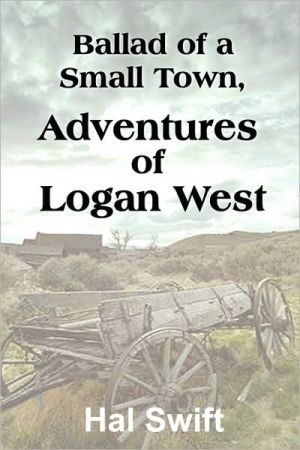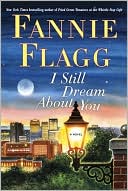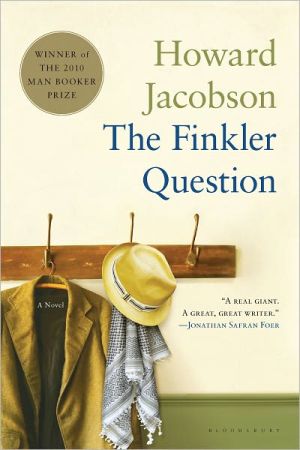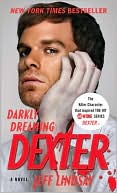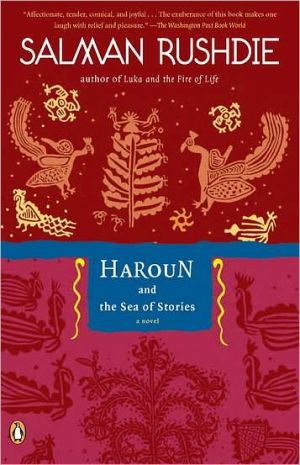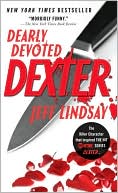Ballad of a Small Town, Adventures of Logan West
Ballad’s Genesis The idea for Ballad of a Small Town was born when I saw a copy of the Wadsworth, NV newspaper* from around 1869. In it was an ad for Shorty’s Lunchroom. Shorty’s Place grew out of that, and I put it in Drytown, which was still Wadsworth’s name in 1864--it was also called Big Bend, referring to the bend in the Truckee River as it headed north toward what we whites call Pyramid Lake. The Numa (Paiutes) call it Panunadu. In January of 1996, Dorman Nelson, editor and publisher of...
Search in google:
Ballad’s Genesis The idea for Ballad of a Small Town was born when I saw a copy of the Wadsworth, NV newspaper* from around 1869. In it was an ad for Shorty’s Lunchroom. Shorty’s Place grew out of that, and I put it in Drytown, which was still Wadsworth’s name in 1864--it was also called Big Bend, referring to the bend in the Truckee River as it headed north toward what we whites call Pyramid Lake. The Numa (Paiutes) call it Panunadu. In January of 1996, Dorman Nelson, editor and publisher of Western Tales Magazine, bought “Letter From Shorty,”--a short story based on Shorty’s Lunchroom--but he had to shut down the magazine for various reasons. He advised me to continue writing, but to put my western short stories into a collection, with a unifying theme or character and make them into a novel. Working on that idea, I found what I wanted in Logan West, a journalism graduate from Indiana, whose bride eloped with their best man. Logan heads west to write the novel he’s long thought about doing, takes his banjo along, and winds up working in Shorty’s Place. Before the first story was finished, the idea for “the ballad” manifested. As a troubadour of sorts, it seemed natural for Logan to write a ballad based on his travels, and “Ballad of a Small Town,” was born. Each chapter is prefaced by an excerpt from the ballad. Although I have a melody for the ballad in my head, I’ve left it to the reader to compose his or her own. Just remember, it’s being accompanied by a really mellow-sounding banjo. *Newspapers of the day often were printed on a Hectograph. A special gel was poured into a shallow pan--much like a cookie pan--and a paper “master” copy was laid on top of the gel, face down. The master copy was rolled gently with a rubber roller and the gel took on the impression of what was on the paper master copy. After the master copy was removed, blank paper was laid on the gel and it was gently pressed down with the same roller. The information on the gel was impressed on the surface of the paper. One-hundred copies could be made before the gel lost its efficiency. Hectograph comes from Greek. Hecto means one-hundred, and graph means “drawn”.
